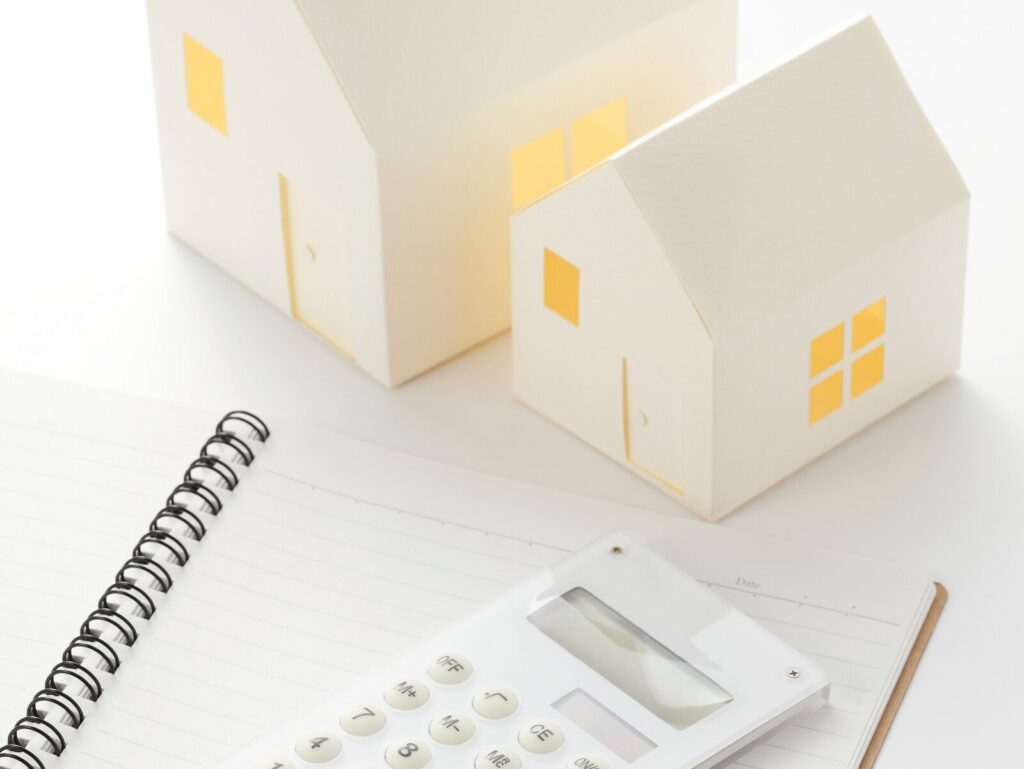The rapid rise in property prices nationally over the past 5 years, paired with high inflation and low wages growth has created a perfect storm working against those looking to save a 20% deposit to purchase their first home or an investment property.
Low deposit home loans
Thankfully, there are solutions to get onto the property ladder without needing the whole 20% deposit, saving you thousands in Lenders Mortgage Insurance (LMI)1. Here are a few ways to get onto the property ladder sooner and start building your property portfolio.

Guarantor loans
Someone who already owns property (usually a family member), and doesn’t have a high loan to value ratio (LVR), uses the equity in that property as security for some of the deposit on your new home.
Equity is the difference between how much a property is valued at, and how much money is still owing on the home loan. If a property is valued at $1 million and the remaining home loan is only $600,000 there is $400,000 worth of equity in that property.
You might have saved a 10% or 5% deposit (or maybe you haven’t saved anything yet) and you need help to secure the full 20%. The equity in the guarantor’s property covers this difference between your available deposit and 20% of the new property value.
How does a guarantor home loan work?
Importantly, the guarantor doesn’t have to physically contribute any cash to your deposit. The home buyer will borrow the guarantee amount plus the remaining 80% of the new property value. Sometimes, this means you can borrow more than 100% of the purchase price of the property (to cover costs like stamp duty and legal fees). The buyer simply needs to be able to afford the repayments on the total borrowed amount.
When the loan has decreased, or your property value has increased, to the point where the LVR is below 80% the guarantor can be released from the loan, leaving the home buyer solely responsible for all future payments. Guarantor loans are a great way for Mum and Dad to help their kids buy their first home sooner. Anyone considering going guarantor on a loan should seek independent legal and financial advice beforehand.

The Home Guarantee Scheme (HGS)
The HGS is a Federal Government initiative which allows eligible first home buyers to purchase property with as little as a 5% deposit.
The HGS is similar to a guarantor loan in that the borrower doesn’t have to pay for LMI and can borrow up to 95% of the property value. With the HGS it is the Government, rather than a family member, that guarantees the bank won’t lose money on the transaction.
In more good news, under the HGS, the Government doesn’t own any of your home or the potential capital growth you might achieve while you own it. It truly is a helping hand for those with a low deposit. Personally, I think the HGS is one of the best ways for first-time buyers to get into property as soon as they can.
You can check your eligibility online, here.

Use equity in your own home to buy an investment property
If you already own your own home and have a reasonable amount of equity (for example, you’ve owned your house for a few years and its value has increased while you’ve been paying down the loan) you could potentially use this equity as a deposit on a new investment property.
Banks would limit how much equity you can access at 80% LVR. So, using our example from earlier with a property valued at $1 million dollars with $600,000 owing, we could access up to $200,000 in equity to use as a deposit plus purchasing costs on a new investment property.
If we estimate 5% of the purchase price is needed on top of a deposit for stamp duty and legal fees, this $200,000 could get you a property worth $800,000.
Obviously, you need to be able to afford the repayments on any money that you borrow. Therefore, the key to ensuring this strategy works for you, is going to come down to how much you can afford to borrow, and the proposed rental income of the new investment property.

If you would like to discuss your options for a low deposit home loan, please contact Lindsay on 0424 809 007 or lindsay@tweedcoasthomeloans.com.au.
- LMI is a one-off insurance premium payable by borrowers whose loan amount is more than 80% of the value of the property, known as the loan to value ratio (LVR). LMI doesn’t insure you, the borrower, it protects the lender in the event that you default on your loan and they can’t recoup the full loan amount after selling the property. ↩︎